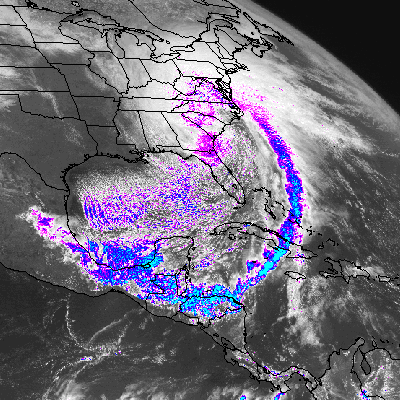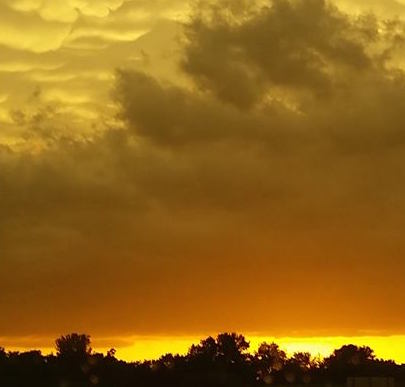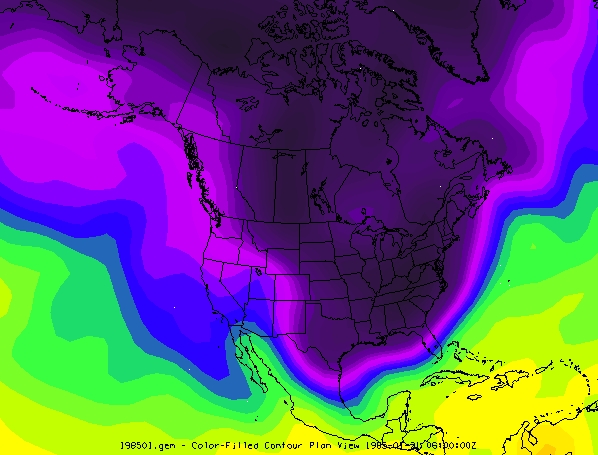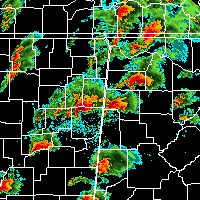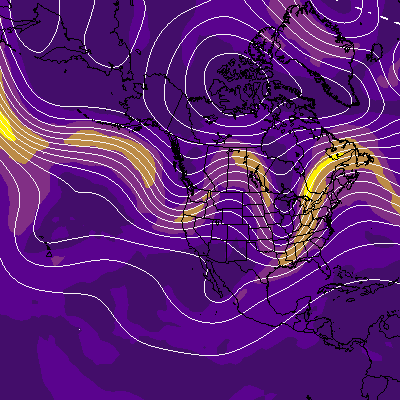Research Interests
My research interests generally lie within the context of mid-latitude weather systems at synoptic and large-scales. Particularly, I am interested in understanding the formation of high-impact weather phenomena ranging from heat waves and cold air outbreaks to extratropical cyclones, convective systems at a variety of spatial and temporal scales. See below for some of the projects I have participated in during this first stage of my research career.
Graduate Research
"A Climatological and Multiscale Analysis of Cold Air Outbreaks in the Northeast United States"
Cold air outbreaks (CAOs) are a prolonged periods of abnormally cold weather that are typically associated with equatorward incursions of polar air. They pose serious threats to human health, as well as industries ranging from agriculture and energy to transportation. Despite their impacts, studies have been limited to studying only a few select portions of the United States. Our study plans to answer the following questions regarding CAOs:
To answer these questions, a climatology of CAOs will be constructed using temperature data from the Global Historical Climatology Network-Daily Summaries Dataset. Composite analyses of CAOs will be constructed to create development models of important dynamical and thermodynamical variables during CAOs in the Northeast U.S.
Undergraduate Research
"Relations Between Sting Jets and Sawyer-Eliassen Circulations in European Windstorms"
Numerous theories exist as to why only some European Windstorms produce particularly strong currents of wind, known as "sting jets". The goal of this study was to determine if the ageostrophic frontal circulations recovered from a numerical solution of the Sawyer-Eliassen Equation may offer any insight as to why some storms produce these violent airstreams. From two case studies of Tilo (non-sting jet case) and Friedhelm (sting jet case), it was found that the sting-jet storm displayed consistently stronger SE circulations throughout the entire lifecycle, and displayed a stronger diabatically induced circulation than that of the non-sting jet case. It was theorized that the stronger circulation (and diabatic response) would better advect higher momentum air downward so it can survive boundary layer processes and contribute to the sting jet formation.
Undergraduate Research
"Trough-Merger Cyclogenesis from the Perspective of Quasi-Geostrophic Shear and Curvature Vorticity Features"
The amalgamation of 500-hPa vorticity features in separate branches of the mid-latitude flow can result in explosive cyclogenesis. This project sought to understand this phenomenon within the QG framework. Specifically, how does the QG forcing for ascent and cyclone development evolve when the vorticity is partitioned into shear and curvature components. The results found that the initial vorticity features are often of the shear variety, but quickly evolve into the curvature species during the merger. This was found to be a byproduct of the vigorous latent heat release of the cyclone building heights ahead of the cyclone and increasing the curvature of the 500-hPa flow.
